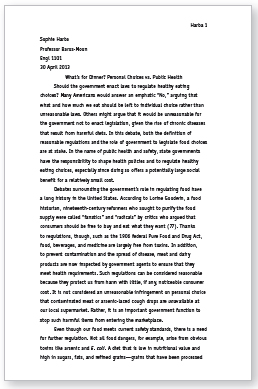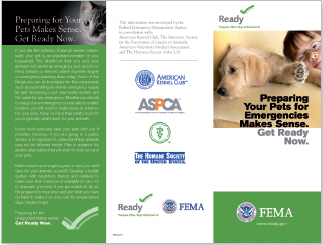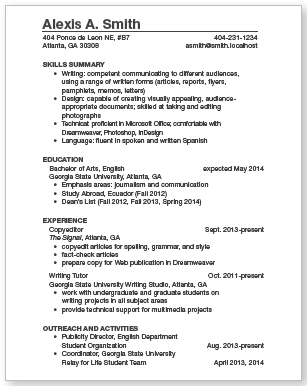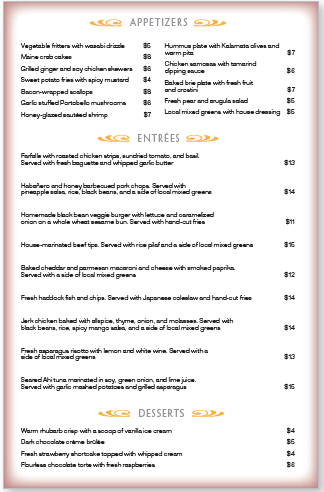MM2-a: Genre: In what kind of document do the written words appear?
Often you’ll form ideas about the content of a document as soon as you look at it, before you read a single word. Determining what type of document you’re dealing with is a key step in analyzing the words within the document.
Take a look at the document thumbnails in Figure 2-1. Although you can’t read all of the words, thinking about where the words appear and how the overall document is formatted will give you a sense of what kind of information the words might convey.
Look closely at image (a) within Figure 2-1. How much space appears between the lines of text? What do you think is the function of the words in the upper left corner? What likely appears centered after those words? Answers to these questions tell us that these words are probably part of a traditional essay, with space devoted to the author’s name, course, and date in the top left and the title centered on the line below.
Now consider image (d). How are the words arranged? The way the words are chunked together and placed in columns reveals at a glance that they are words in a menu. The arrangement of words in the document tells us what kind of information to expect—a list of foods organized by course: appetizers, entrees, and desserts. Imagine trying to read a menu without categories or labels, in which all the content is lumped together without being organized or easily identifiable.

(a)
|

(b) (Source: Courtesy of FEMA, www.ready.gov)
|

(c)
FIGURE 2-1 EVERYDAY TEXTS
|

(d)
|